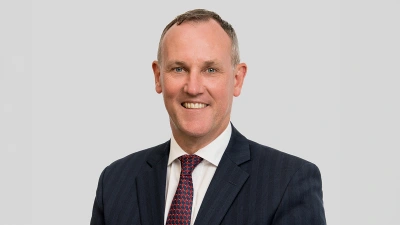Clients attracted to transparent flat fees for advice


Advisers who adopt a flat fee for advice payment structure could tempt clients away from those charging a percentage of assets, a US expert believes.
Bachrach and Associates chief executive, Bill Bachrach, said that by using fee for advice model advisers would eliminate concerns over potential conflicts of interest and provide clients with a clearer sense of value.
“It makes the 'product’ the advice rather than the product being a financial plan, investments, insurance, annuities, tax returns, and/or legal documents,” he said.
“Whether you like it or not, there can be a perception that if you get paid by a product or service provider you may be influenced by higher compensation or better perks.”
Bachrach backed the Australian Government’s Future of Financial Advice (FOFA) reforms, aimed at eliminating commission and compensation based on products and requiring that advisors be paid directly by their clients for advice.
He warned that advisers who have already adopted flat fee structures were more attractive to wealthier investors.
“Wealthier clients are beginning to grumble about feeling gouged by an asset fee that requires them to pay more for the same service just because they have more money,” he said.
“Your challenge, if you are a percentage-of-assets fee-based adviser, is that if another adviser comes along and tells your client about a flat-fee-for-advice model that provides the same or better value ¨ it could create a trust breach between you and your client.
“Wealthy people don’t mind paying their fair share, but it irritates them when they discover that they are paying more to subsidise the people who pay less.”
While flat fee structures would ease client concerns, Bachrach said the system would also stabilise income for advisers, as their revenue would not be determined by market fluctuations.
“The recent economic downturn and market decline caused many advisors to realize that it doesn’t make sense for the fee and their income to fluctuate based on market or economic events,” he said.
“Clients need - and are willing to pay for - their advice in all economic cycles.”
Recommended for you
ASIC has released the results of its first adviser exam to be held in 2025, with 241 candidates attempting the test.
Quarterly Wealth Data analysis has uncovered positive improvements in financial adviser numbers compared with losses in the prior corresponding period.
Holding portfolios that are too complex or personalised can be a detractor for acquirers of financial advice firms as they require too much effort to maintain post-acquisition.
As the financial advice profession continues to wait on further DBFO legislation, industry commentators have encouraged advisers to act now in driving practice efficiency.














